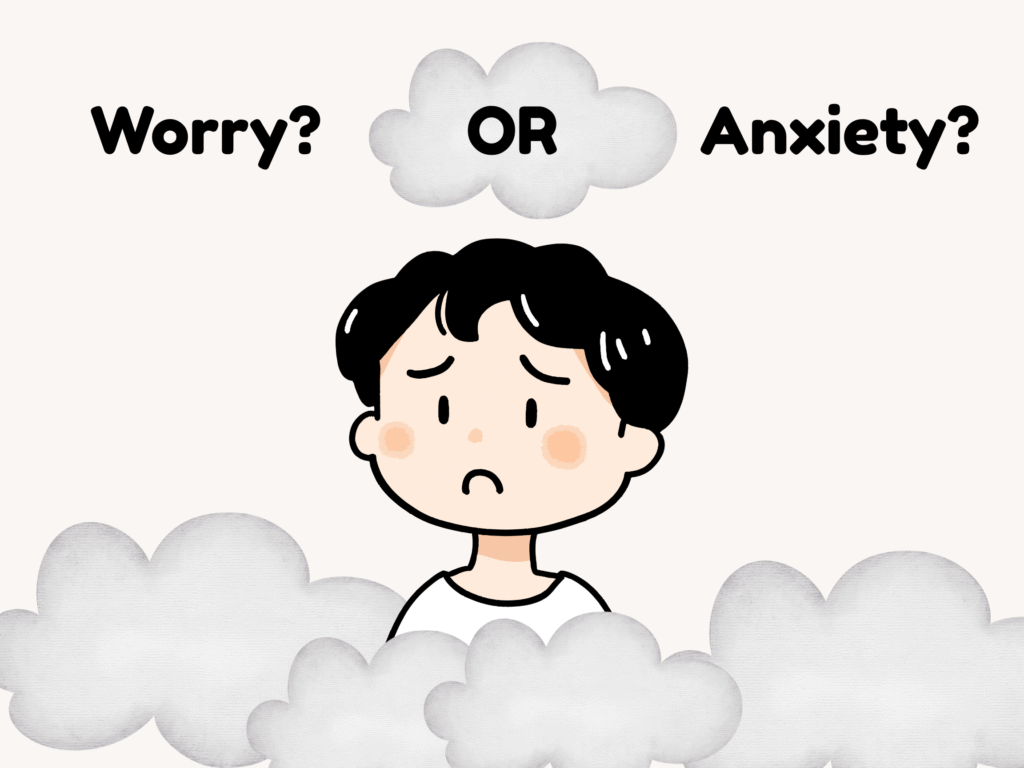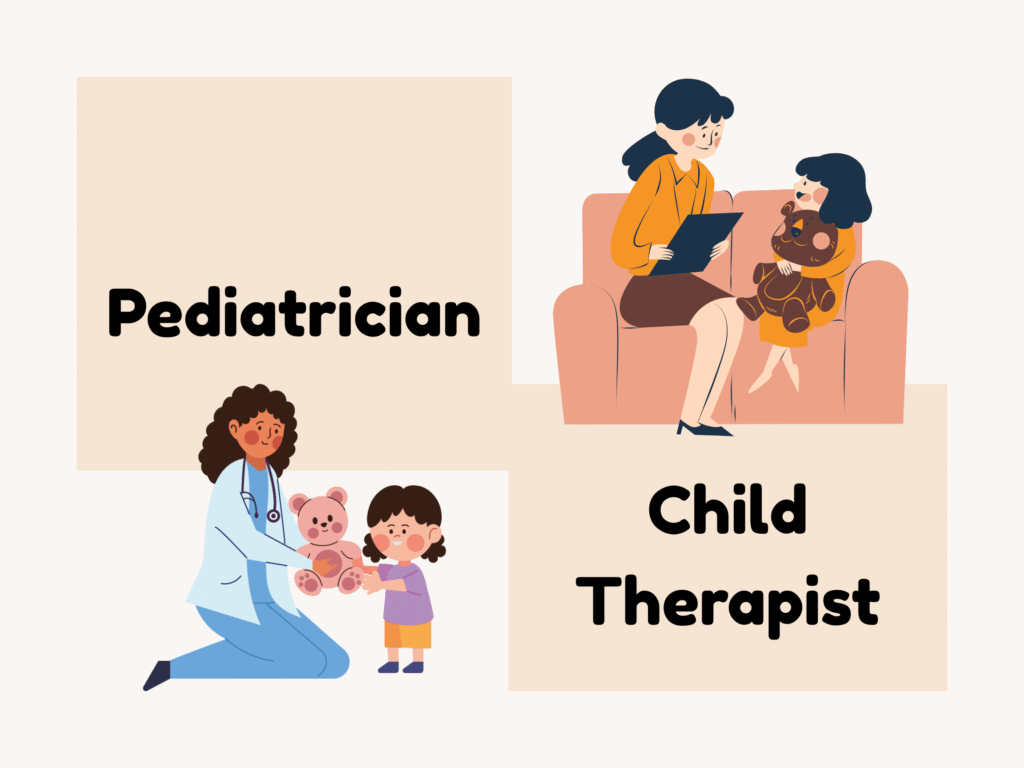
Children Anxiety for Parents: How to Tell If Your Child’s Anxiety Is More Than Just Worries
Children’s Mental Health Ontario (CMHO) conducted a research about “Children and Youth Mental Health Survey: Getting Help in Ontario”, indicating one third of parents in Ontario reported their children missed school because of the health concerns related to Anxiety, half of parents revealed that they had challenges in getting help and necessary services due to the long wait time (65%), don’t know where to get the services (38%) and no services offered in their living area (14%)
As parents, it is important to learn how to observe your children’s emotions, as they are not yet fully capable of verbally telling you their feelings, or distinguish worry and anxiety. In this article, you will learn about the differences between child anxiety and worry, what you can do to help your child and what professional help is there for you.

While worry and anxiety may seem similar, they differ in intensity, duration, and impact. Worry is a normal, often short-lived response to specific situations—like an upcoming test or a new environment—and typically resolves once the situation passes. Anxiety, however, is more intense and persistent, often lingering without a clear trigger. According to resources like the “Anxiety in Children” document from the Transcultural Mental Health Centre, anxious children may exhibit excessive fears about harm, illness, or separation from parents, which can lead to avoidance behaviors, such as refusing to attend social gatherings or school. Unlike worry, which children can often articulate and manage, anxiety may overwhelm a child’s ability to cope, affecting their physical and emotional health.
What Parents Can Do
Parents play a vital role in identifying whether their child’s behavior stems from worry or anxiety.
You can ask yourself the following key questions:
- Q1. Can my child explain their feelings?
- Q2. How long have the symptoms persisted?
- Q3. Has my child displayed physical and emotional symptoms associated with anxiety?
Parents can observe for signs like excessive reassurance-seeking, physical complaints (e.g., stomachaches and headaches), or avoidance of specific situations, such as being separated from family or refusing to go to school. This is because anxious children may struggle to articulate their fears in words. Keeping a journal of the child’s behaviors along with the frequency of such behaviors can be helpful.
If the distress signs and behaviors last for weeks or months, and are starting to interfere with daily routines. discussing observations with teachers or caregivers can help to further determine if the child’s distress exceeds typical worry, which may indicate a need for further evaluation and the intervention from the professionals.
Taking Action

When Anxiety Requires Professional Help
If a child’s symptoms suggest anxiety rather than fleeting worry, seeking professional support is essential. Parents can start by consulting a family psychotherapist or child therapist, who can provide tailored strategies to manage anxiety. School counselors are also valuable resources, offering insights into the child’s behavior in academic settings and connecting families with culturally sensitive local mental health services. Additionally, discussing concerns with a trusted family doctor or pediatrician can help parents navigate treatment options, ensuring the child receives comprehensive care.
Prioritizing Your Child’s Emotional Well-Being
Child anxiety is a manageable condition, but it requires parents to be attentive and proactive in recognizing the signs. By understanding the difference between worry and anxiety, observing a child’s behavior, and seeking professional help when needed, parents can empower their children to navigate their emotions with confidence. Encouraging open communication and fostering a supportive environment are key to helping children thrive. Take the time to listen to your child’s feelings—you may be the first step toward their emotional resilience and well-being.

*Disclaimer: The information in this blog post is for educational and informational purposes only and is not intended as medical advice. Should you have been struggling any emotional or mental health challenges and would like to seek professional helps, please talk to your family physician, or professionals like Registered Social Worker or Registered Psychotherapists.
Reference:
Transcultural Mental Health Centre and The Children’s Hospital at Westmead. Anxiety in Children (Chinese). Westmead, NSW: The Children’s Hospital at Westmead, 2002.








